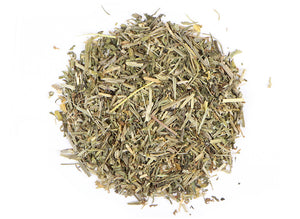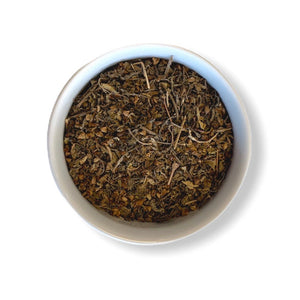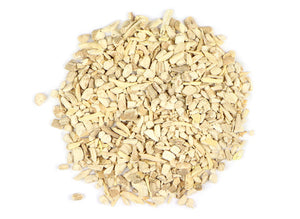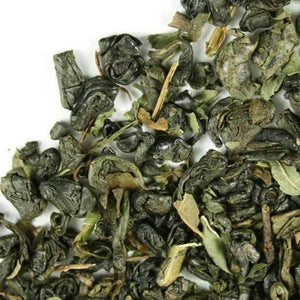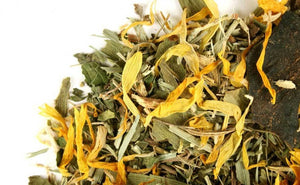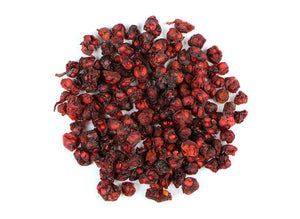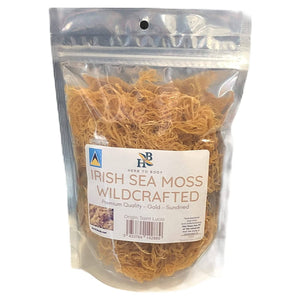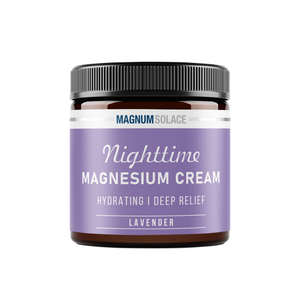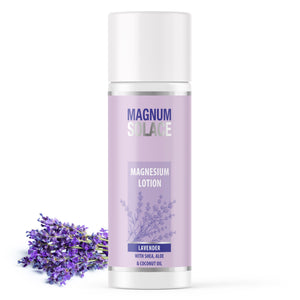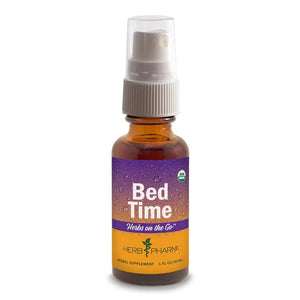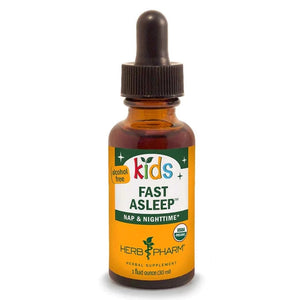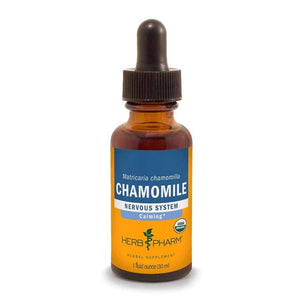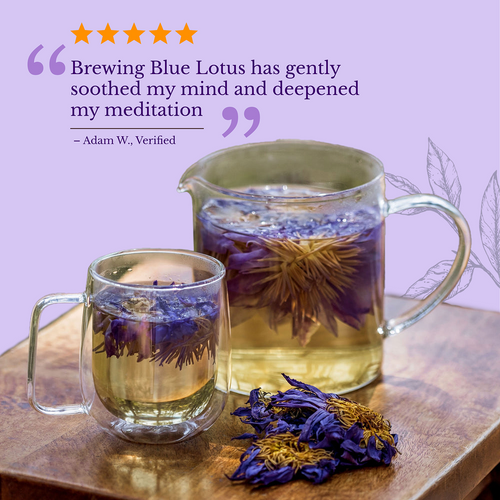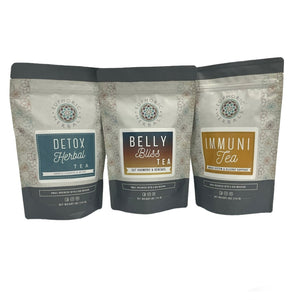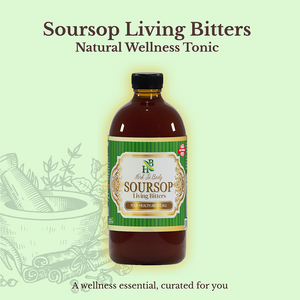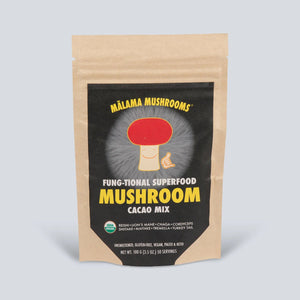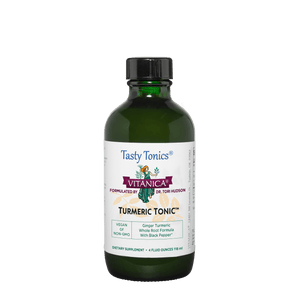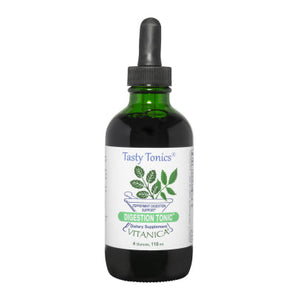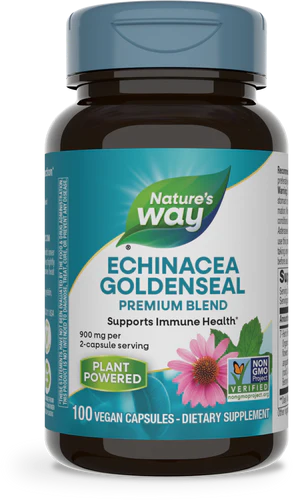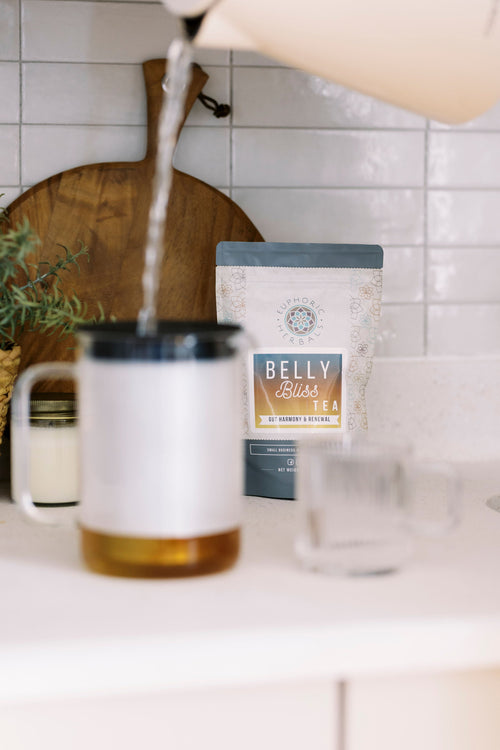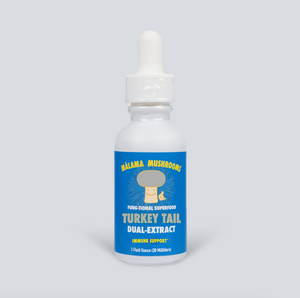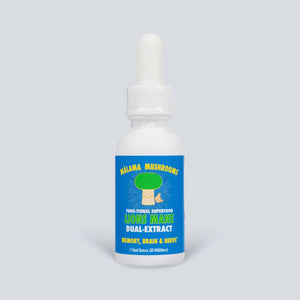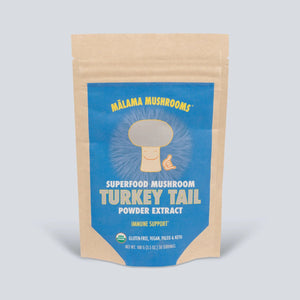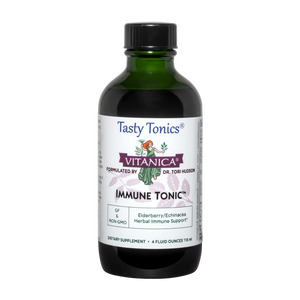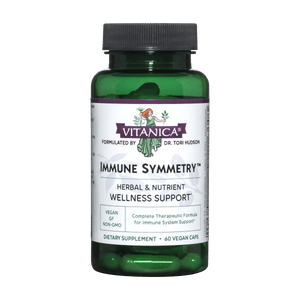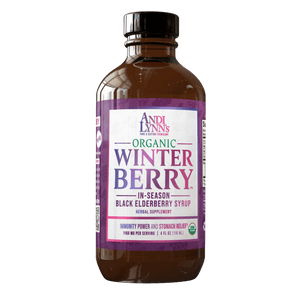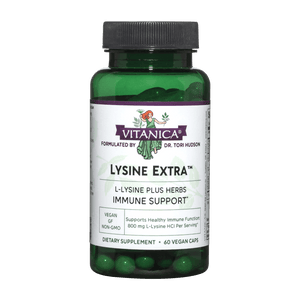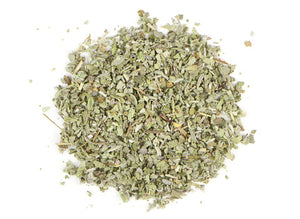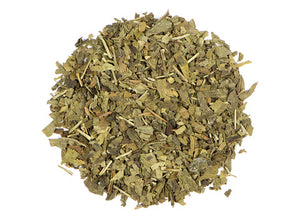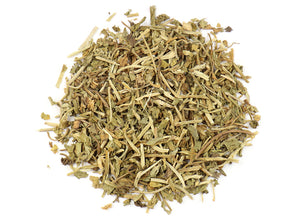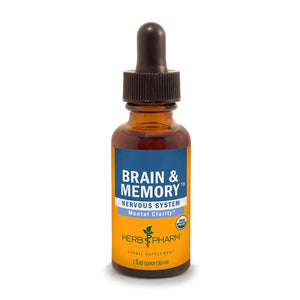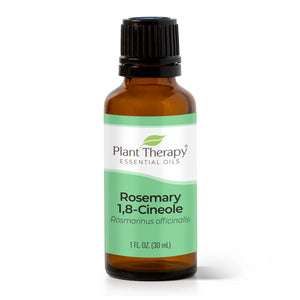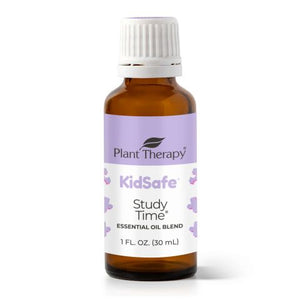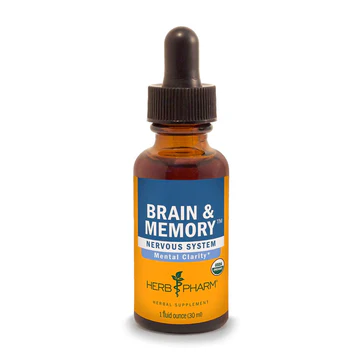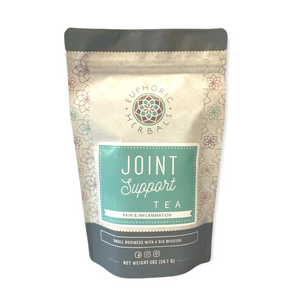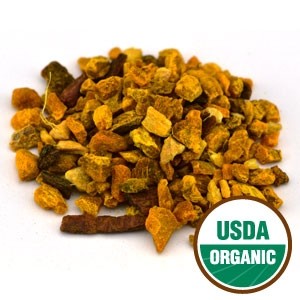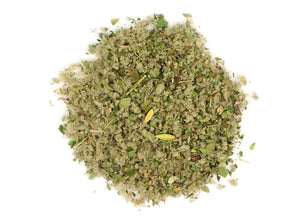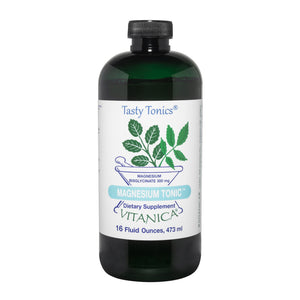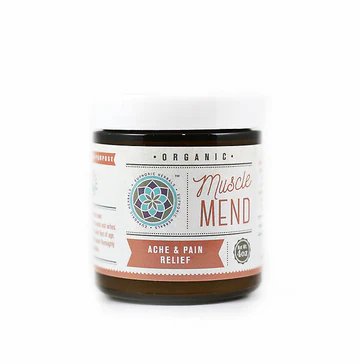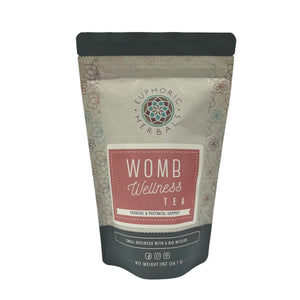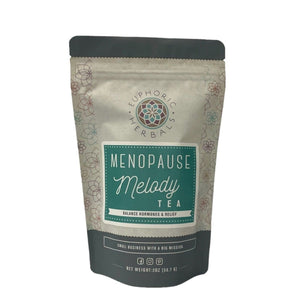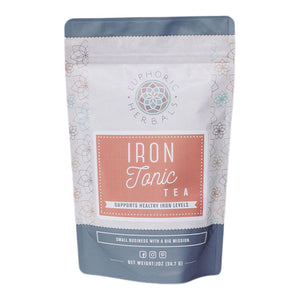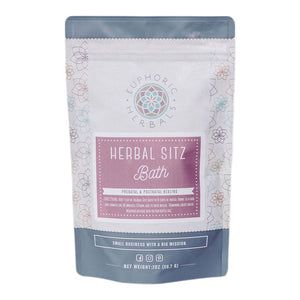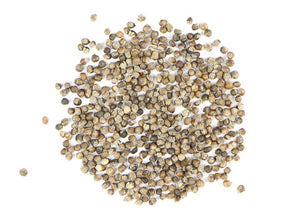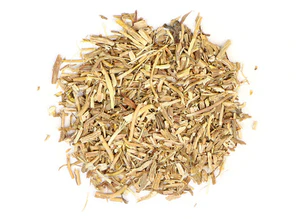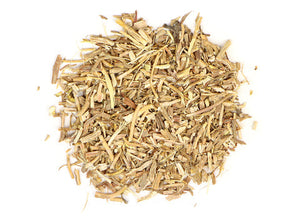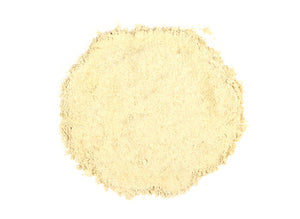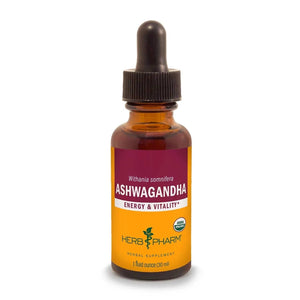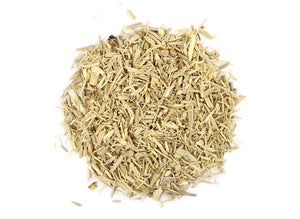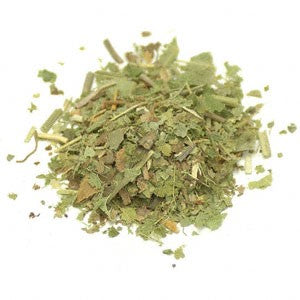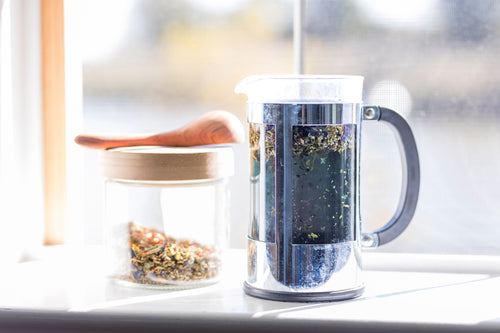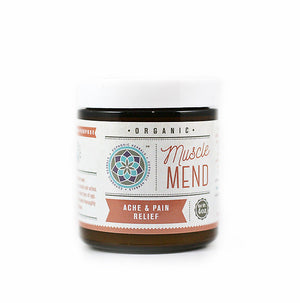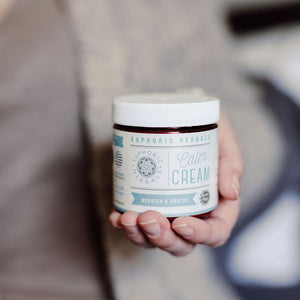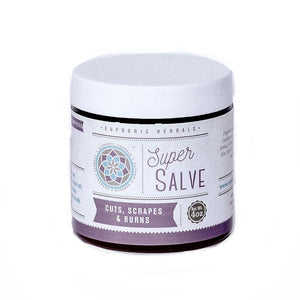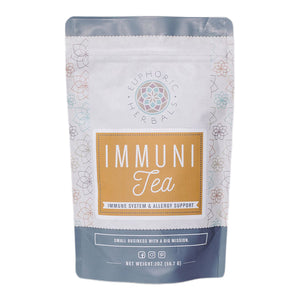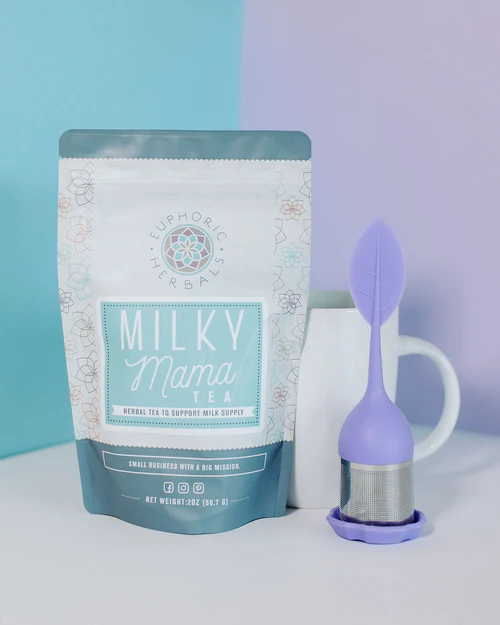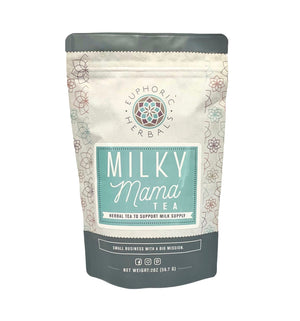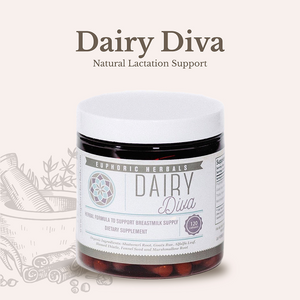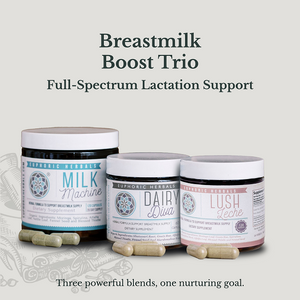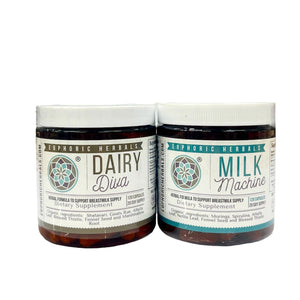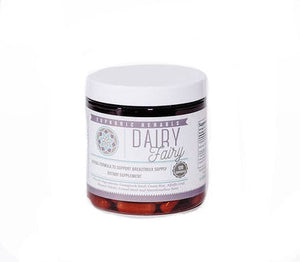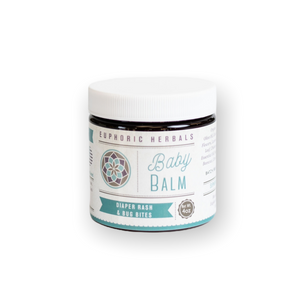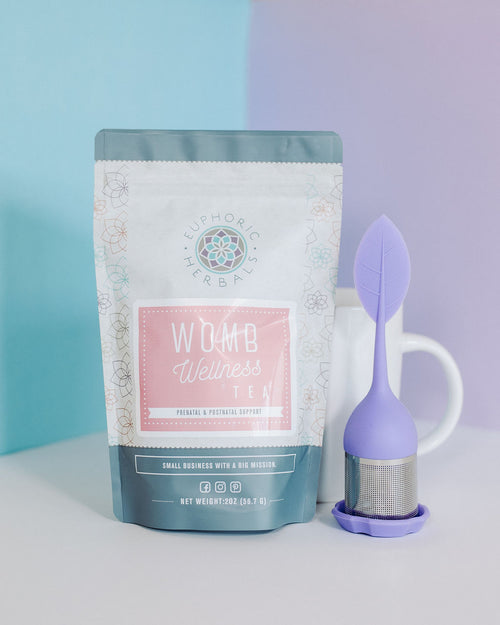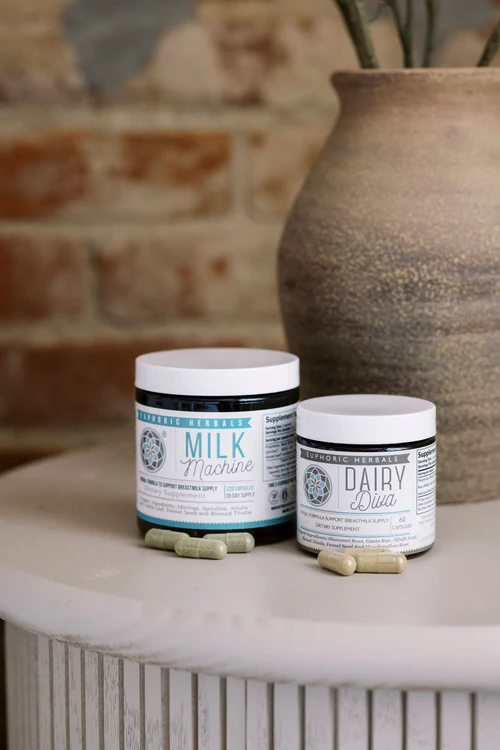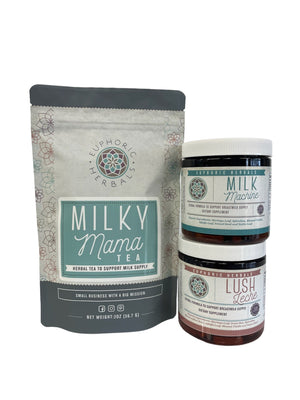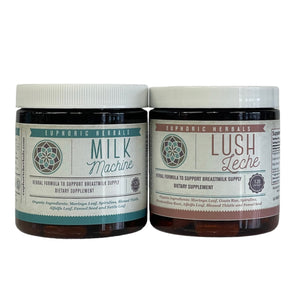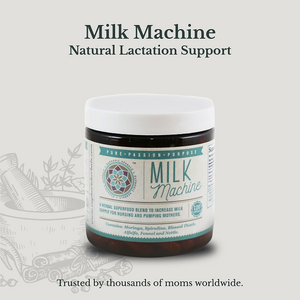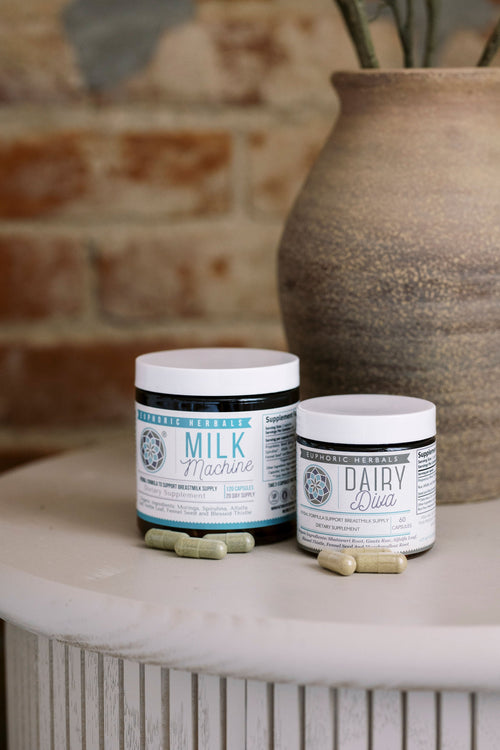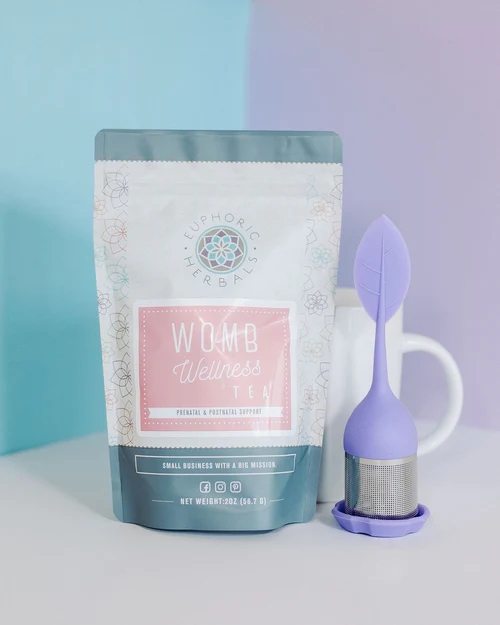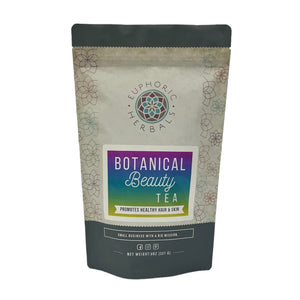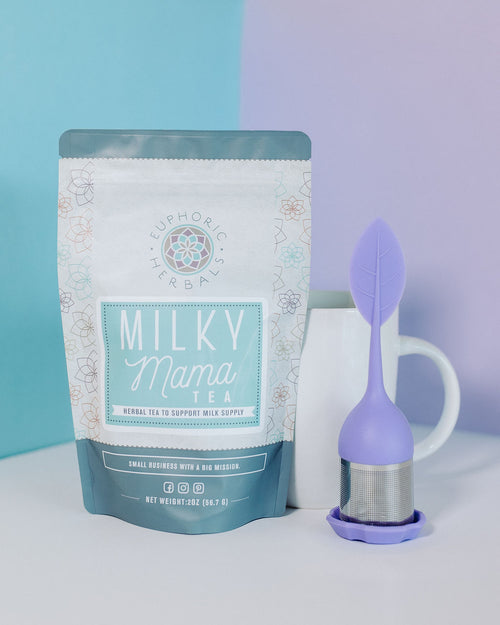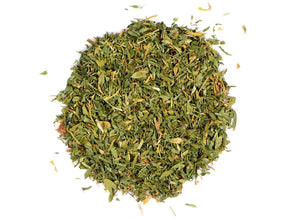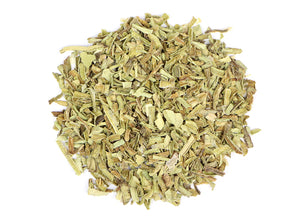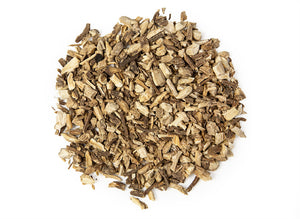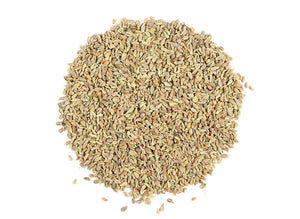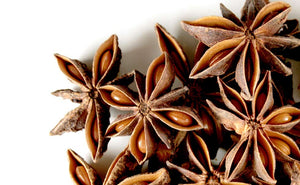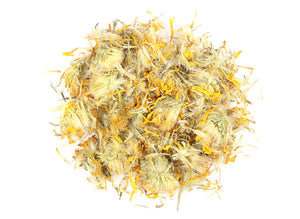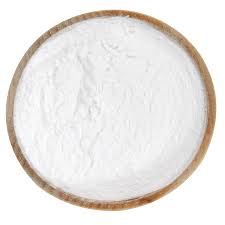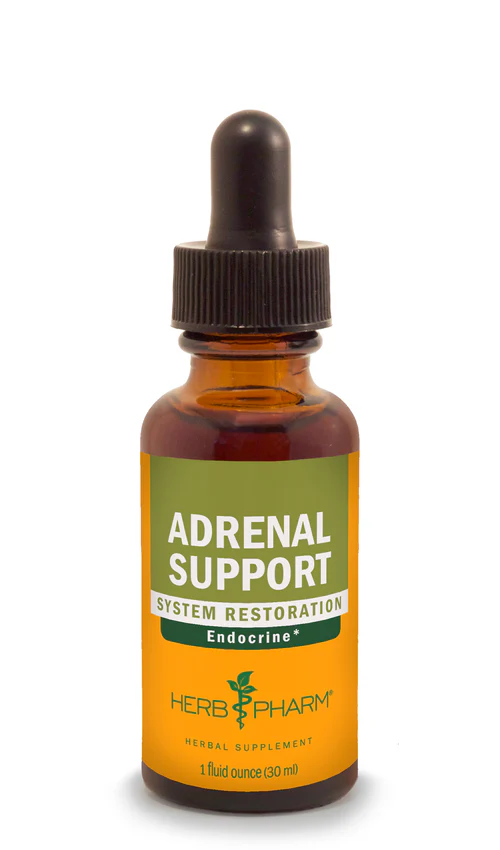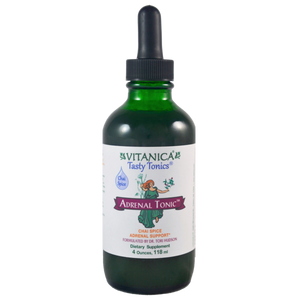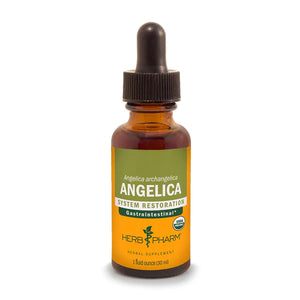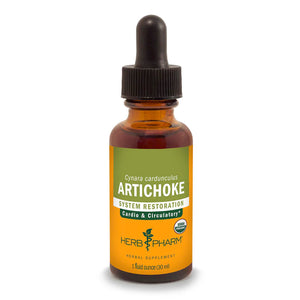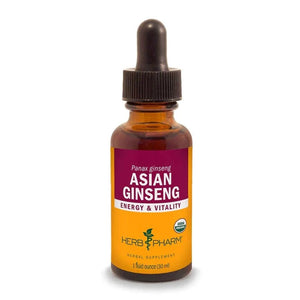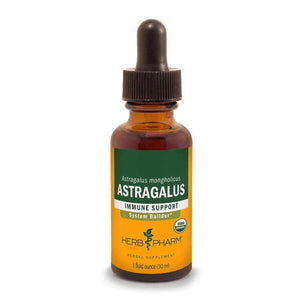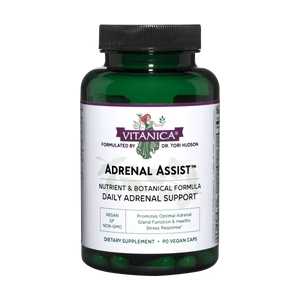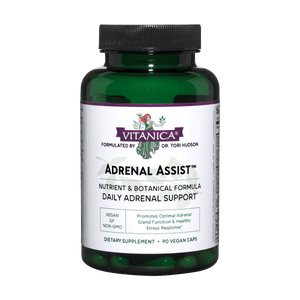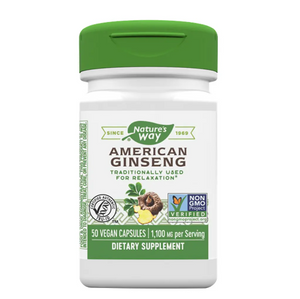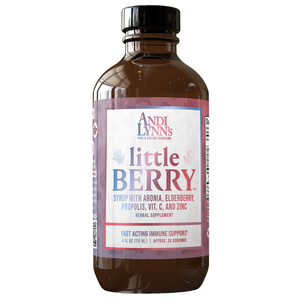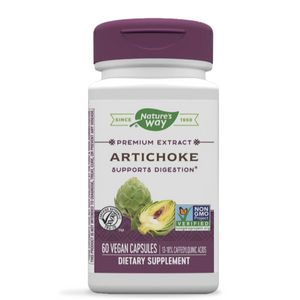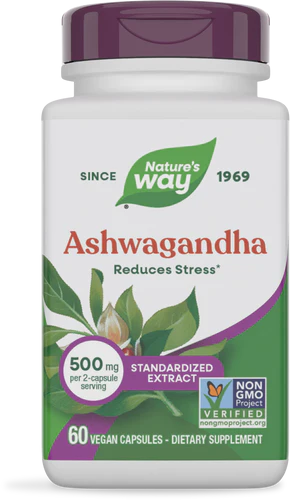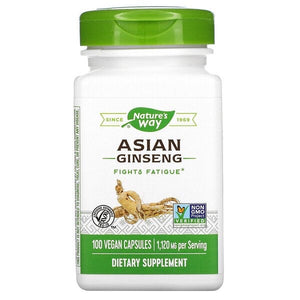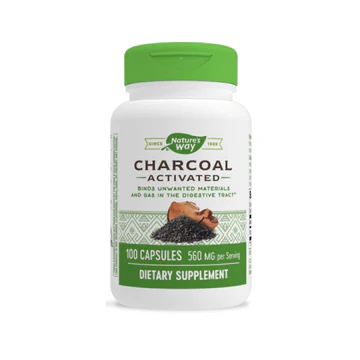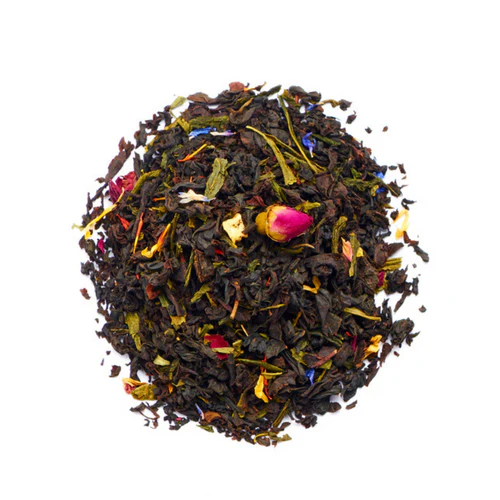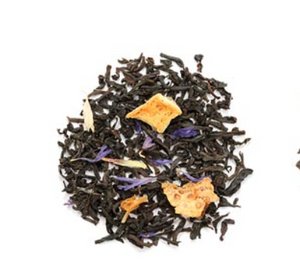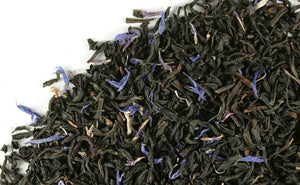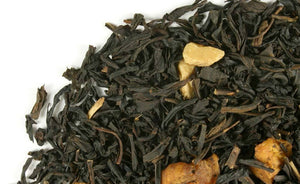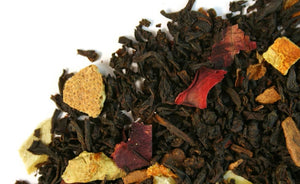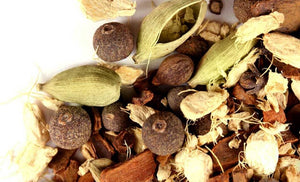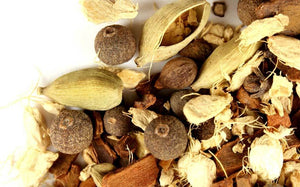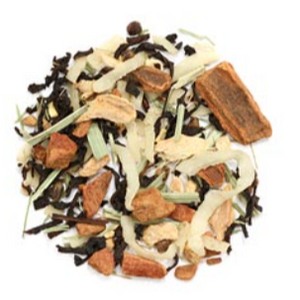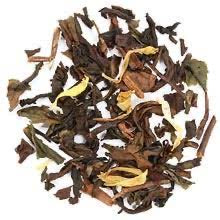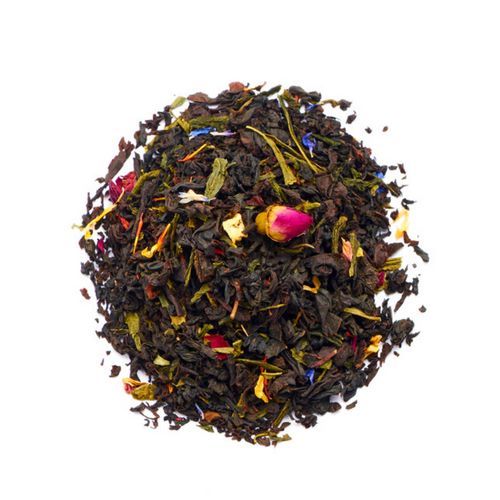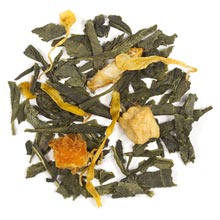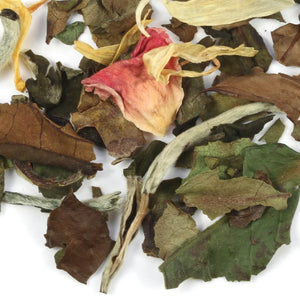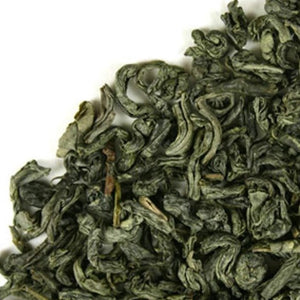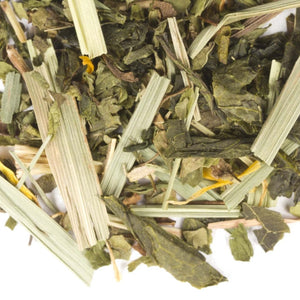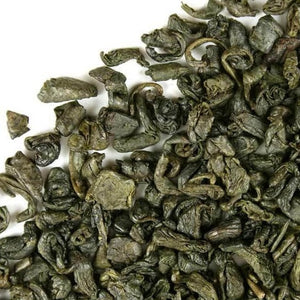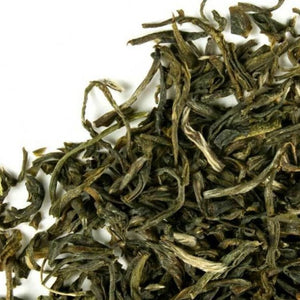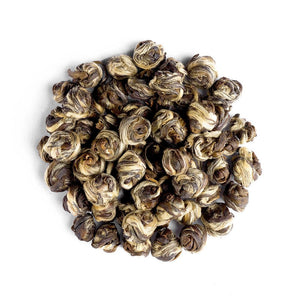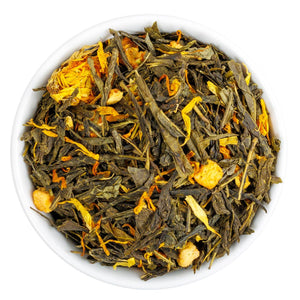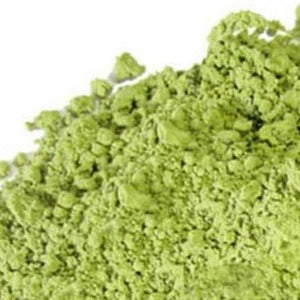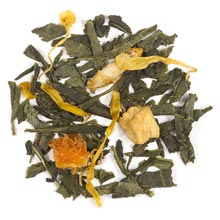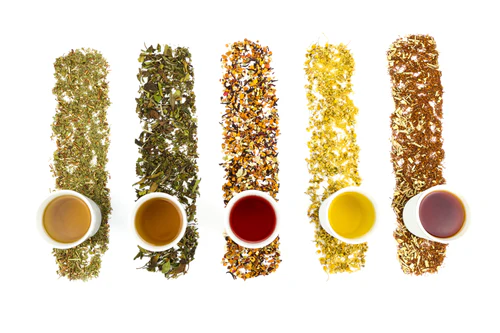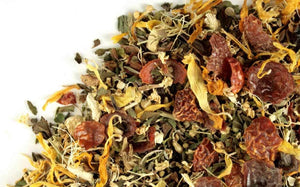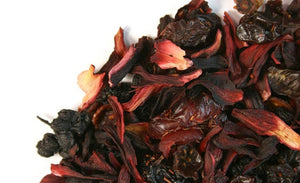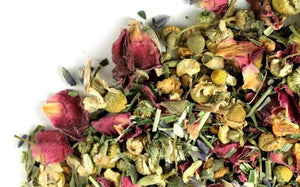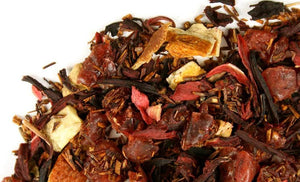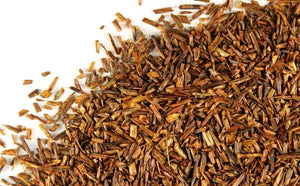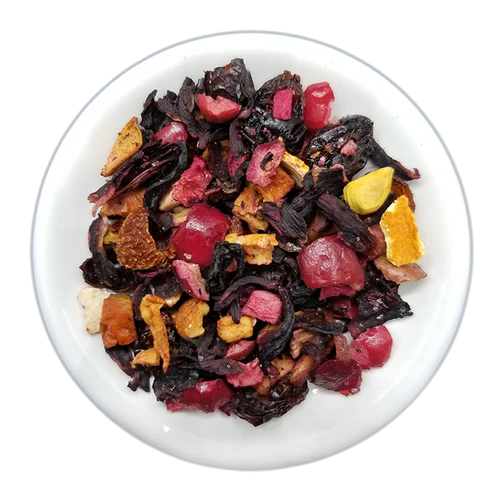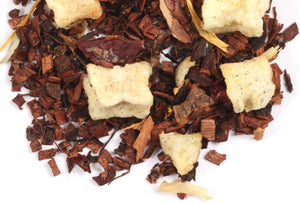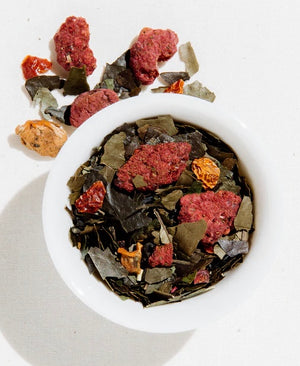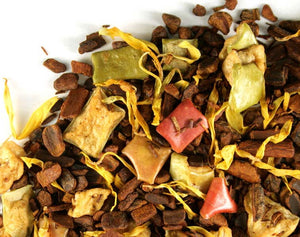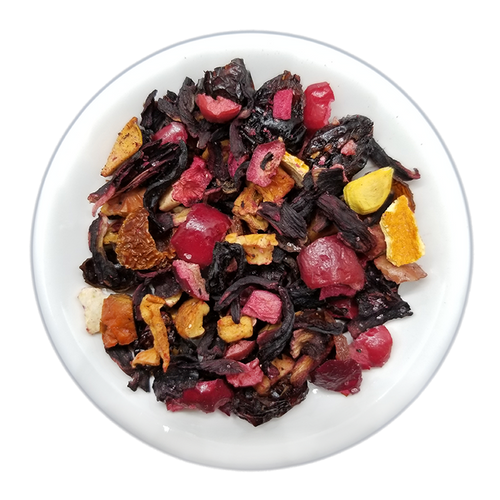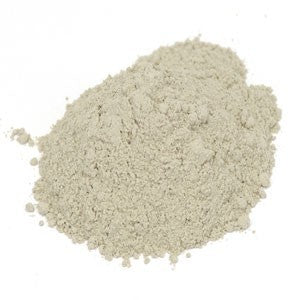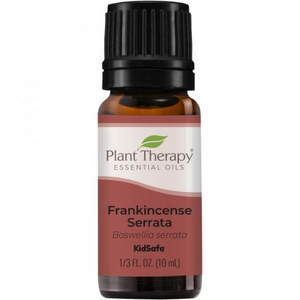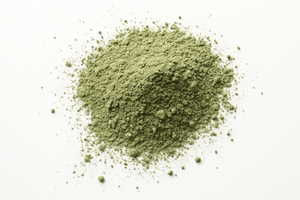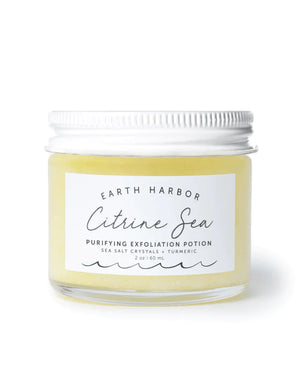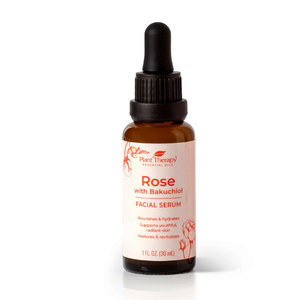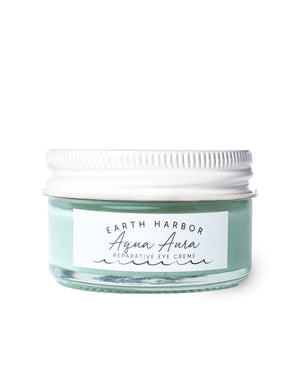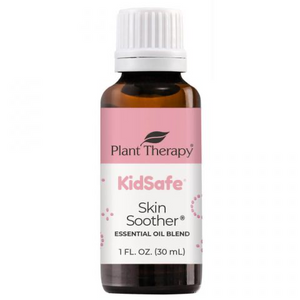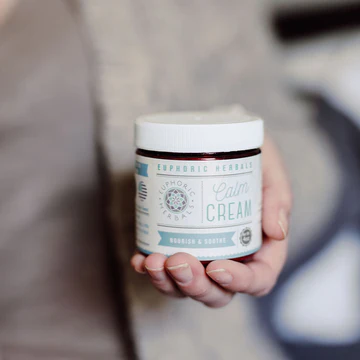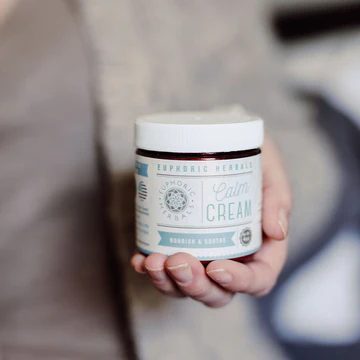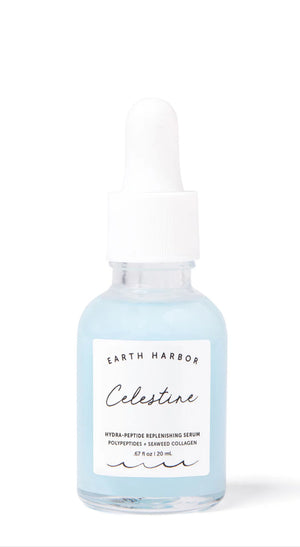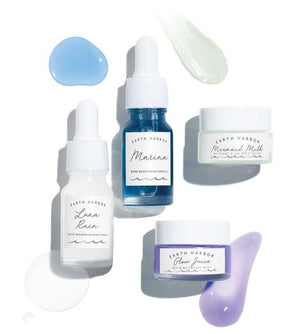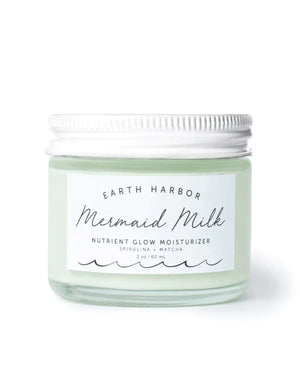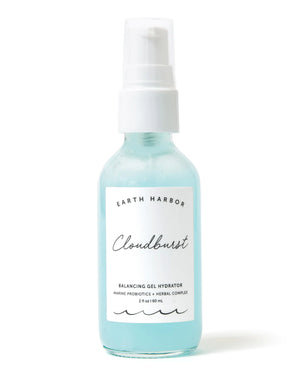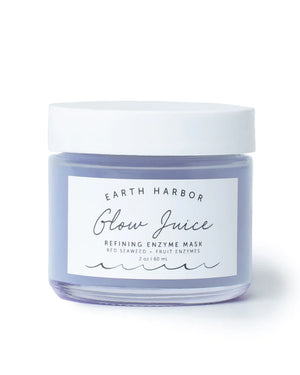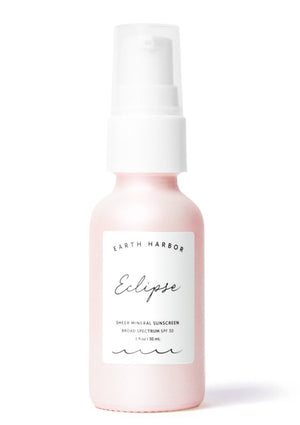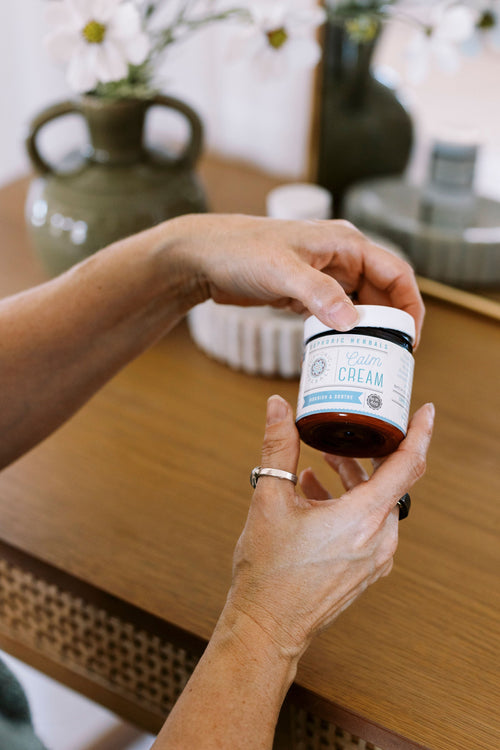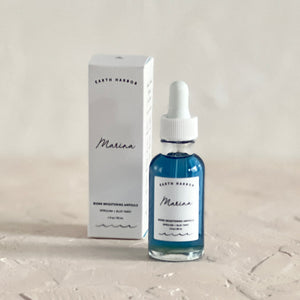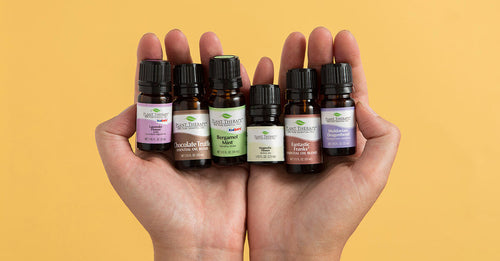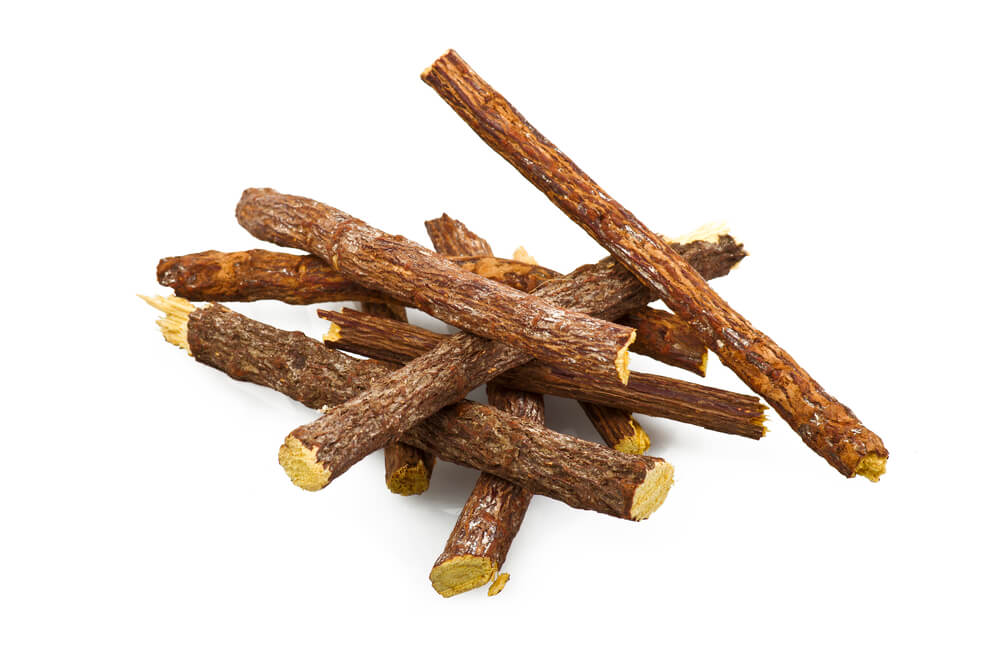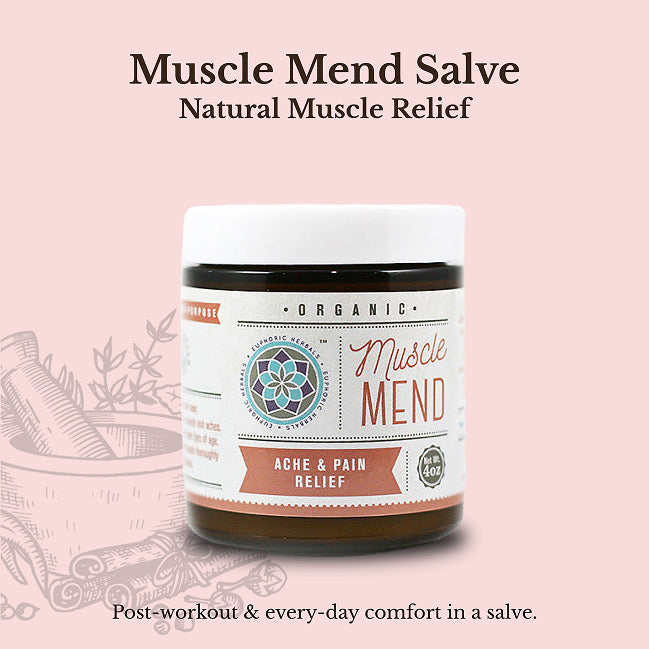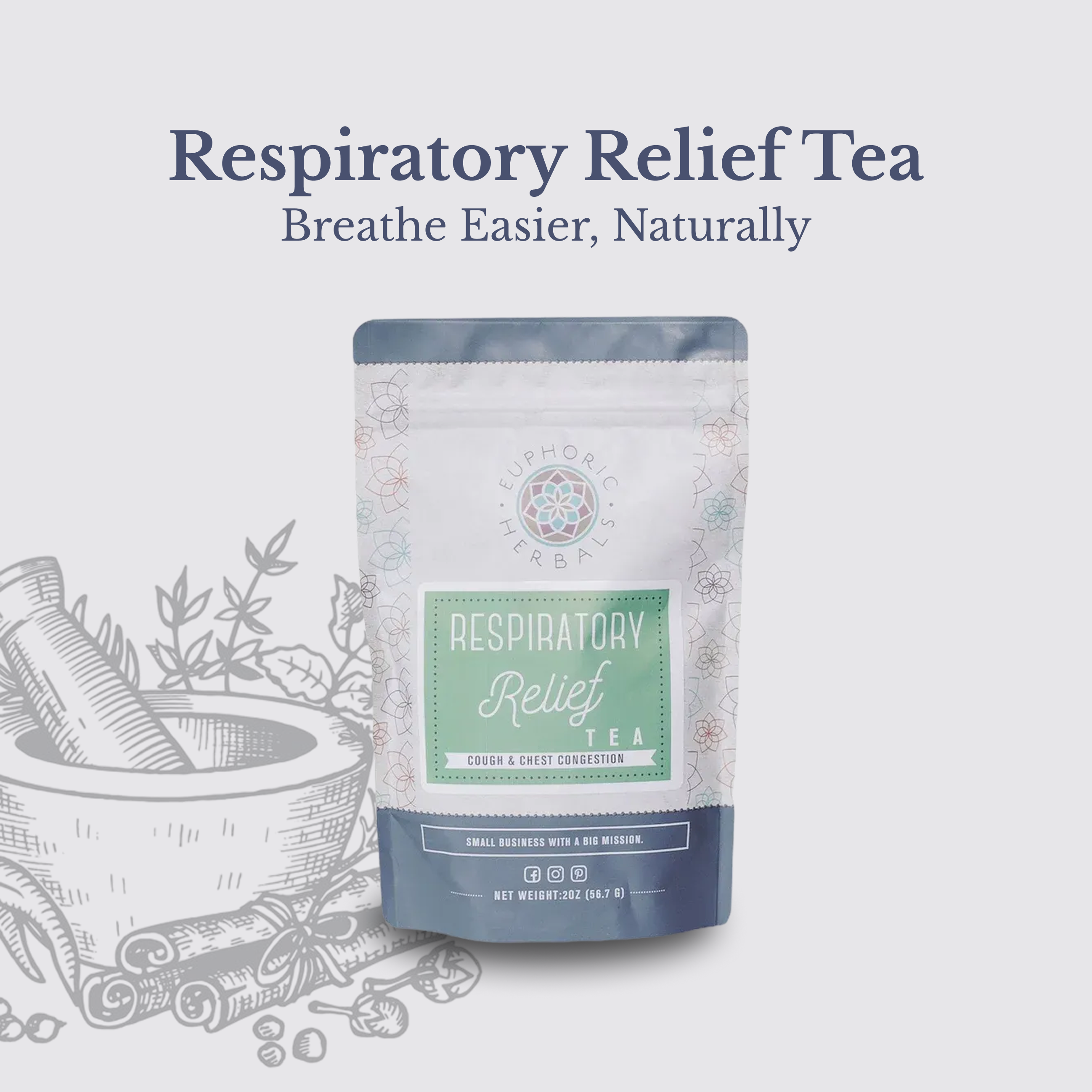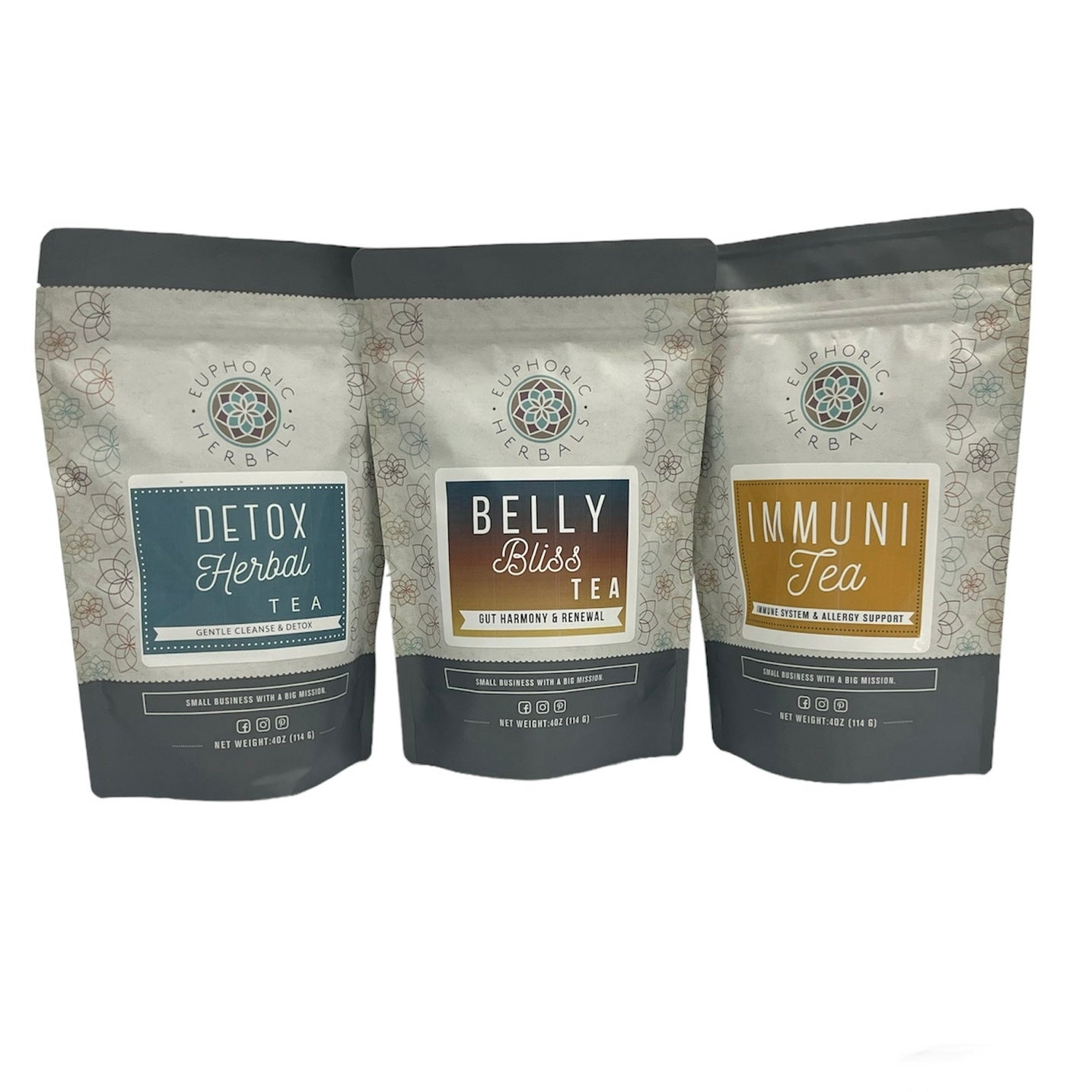Licorice is typically thought of as a candy flavoring that's either loved or hated, but the root of the licorice plant actually has many health benefits. It contains something called glycyrrhizic acid that makes it 50 times sweeter than cane sugar (one of the reasons it's used in candy).
Licorice root has also been used for centuries in herbal medicine to treat a range of health problems. With benefits for the stomach, respiratory system, endocrine system, and more, licorice root is a powerful medicinal herb.
Here's more about licorice, its health benefits, and how to use it.
What is Licorice Root?
Licorice root (Glycyrrhiza glabra) is originally native to the Middle East and parts of Europe and Asia. It's a member of the legume family and is now grown in many parts of the world.
Licorice root is an important herb in both Traditional Chinese medicine and Ayurvedic medicine, but it also has a history of use in Western medicine as well. (1)
Although licorice has its own health benefits, it is often used in Chinese medicine to enhance the effects of other herbs. Called a "guide drug," this method of using licorice root to make herbal preparations more potent is very unique. (2)
Licorice root is also a very powerful herb on its own. Here's more about its key benefits.
Respiratory Aid + Throat Soothing

Licorice root is often used as a remedy to calm coughs, bronchial inflammation, and sore throats.
It contains anti-inflammatory properties and acts as a demulcent (which means it forms a film to protect and soothe mucous membranes). (Gladstar. Medicinal Herbs: A Beginner’s Guide, pg. 162)
This makes licorice root a good herb to calm the inflamed and irritated tissues that can cause coughing and other respiratory problems. (3)
It can also act as a decongestant, especially when used with other decongesting herbs like ginger. (4)
Licorice root also has benefits for soothing throat irritation and even helping to strengthen vocal cords.
One study found that an herbal tea with licorice root as a key ingredient provided significant and quick relief of throat pain. (5)
For an herbal tea blend to calm coughs and soothe sore throats, try this Respiratory Relief Tea with licorice root and other beneficial herbs.

Licorice Root Benefits for Adrenal Fatigue
Licorice root can be considered an adaptogenic herb, which means that it adapts to your body's needs and helps you to deal with stress.
Licorice is especially supportive of the endocrine system, including the adrenal glands.
The adrenals are small glands located right above our kidneys that produce important hormones like cortisol.
Unfortunately, the adrenal glands can be sent into overdrive by constant stress (something many of us live with) causing hormone levels to fluctuate.
Licorice root nourishes the adrenal glands and helps them to produce the right level of hormones, especially cortisol. (6)
This in turn will reduce fatigue and help your body to cope with stress better.
If you're feeling run down and fatigued much of the time, nourish your adrenals with this Adrenal Love Tea that contains licorice root and other adaptogens.
Soothes Upset Stomach
The anti-inflammatory and demulcent nature of licorice root also gives it benefits for soothing all kinds of stomach and digestive issues. (7)(8)
It has been used in herbal medicine for heartburn, general indigestion, bowel irritation, and ulcers.
Licorice has especially attracted research attention because of its ability to heal ulcers.
Studies are showing its potential for healing stomach ulcers and helping to treat peptic ulcer disease. (9)(10)
Helps Menopause and Menstrual Symptoms
Licorice root contains phytoestrogens, which are a type of plant hormone that can have an effect similar to estrogen in the body.
According to herbalist Rosemary Gladstar, the compounds in licorice root can help the body to produce more estrogen, but only if estrogen levels are low. (Gladstar, pg. 163)
This estrogen-like effect can be helpful for relieving PMS symptoms like cramps, bloating, and irritability.
Licorice root is also often used for menopausal symptoms, especially hot flashes. (11)
Immune Boosting
Along with being an anti-inflammatory, licorice root also has anti-viral properties and can strengthen the immune system.
The glycyrrhizic acid in licorice seems to be able to inhibit the growth of certain viruses and bacteria.
Licorice root also contains antioxidants that can prevent certain diseases and stimulate the immune system. (12)
Licorice Root Benefits for Skin and Teeth
The anti-inflammatory and antibacterial properties of licorice root make it beneficial for treating skin problems.
It can be used externally as a wash or a topical solution for eczema, psoriasis, and other types of skin inflammation. (13)
Licorice root can also inhibit bacteria associated with cavities and other oral problems, making it often a choice in holistic dental care. (14)
Side Effects and Precautions
Taken in the correct dosage, licorice is a safe herb with the occasional mild side effect of an upset stomach.
However, licorice root should typically only be used short-term because a build-up of glycyrrhizic acid can cause more severe side effects like sodium retention, potassium loss, stress to the heart and kidneys, and fluid retention.
Consuming too much licorice root at one time can cause high blood pressure, swelling, and heart palpitations.
Those with a history of water retention, high blood pressure, or any kind of heart or kidney problems should only use licorice under the supervision of a health-care professional.
Licorice root should not be taken during pregnancy.
DGL Licorice
Because of the potential problems that can come from an accumulation of glycyrrhizic acid, deglycyrrhized (DGL) licorice is available as a supplement.
These types of supplement have removed the glycyrrhizic acid (also known as glycyrrhizin).
A DGL licorice supplement would be beneficial for someone with a history of hypertension, heart problems, or anything else that would make consuming glycyrrhizic acid dangerous.
However, the glycyrrhizic acid in licorice root also has many beneficial properties, including acting as an anti-inflammatory.
To get the full benefits of licorice root, it should be used in its natural form with close attention paid to the proper dosage.
Ways to Use Licorice Root
Licorice root is available in many different forms.
The liquid extract is commonly used as a sweetener for candy and also as a health supplement.
It's also available as a dried herb that can be used to make a tea.
For problems like respiratory issues or sore throat, the licorice root needs to come into contact with the inflamed tissues, making an herbal tea one of the best choices.
Some cough drops or lozenges will also have licorice extract in them.
Because licorice has a very strong (and to some unpleasant) taste, it's frequently mixed with other herbs to balance out the flavor.
For example, this tea for adrenal support blends licorice root with other herbs and citrus peel.
Using licorice in a blend with other herbs also makes it less likely that you'll consume too much of it and experience side effects.
Get to Know Licorice Root
Licorice root has a very solid place in herbal medicine because of its wide range of health benefits.
It can be used to soothe sore throats, irritated stomachs, and inflamed skin.
It has also been used as a traditional treatment for PMS and menopausal symptoms as well as adrenal fatigue.
Give it a try the next time you catch a cold or are feeling run down and tired!


